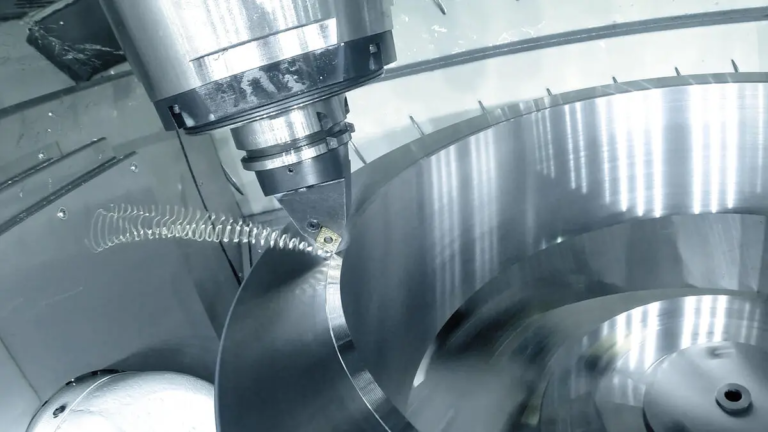Understand the basics of CNC machining centers
When it comes to CNC (Computer Numerical Control) processing, there is a lot of knowledge about processes, tools and terms. If you’re new to the world of CNC machining, that can be overwhelming. In this article, we will break down the basics of CNC machining centers so you can better understand the process and what it can do for your business or personal projects.
What is a CNC machining center?
The CNC machining center is a computer-controlled machine that uses a variety of tools to make parts of various materials, including metal, plastic, and wood. The machine’s guidance is that the computer program determines the precise movement of the cutting tool, thus ensuring accurate and precise results.
Components of CNC machining center
A typical CNC machining center consists of the following key components:
- Spindle: The spindle is the core of the machine and is responsible for rotary cutting tools. The spindle is powered by an electric motor and can be controlled to provide precise speed and torque.
- Table and Ram: Tables and RAM are labor systems designed to ensure that the workpiece (the material being processed) is ensured in place. RAM is the moving part of the machine, which is responsible for positioning the cutting tool.
- Cutting tools: Cutting tools such as drill bits, mills and lathes are attached to the spindle and are able to cut, drill or grind the workpiece.
- Control system: The control system is the brain of a machine that reads and executes computer programs that define the processing process. The control system is usually a computer-aided design (CAD) program that communicates with the machine via a network or cable connection.
How does CNC machining center work?
The process of CNC machining begins with creating a computer program that outlines the steps required to manufacture the required parts. The program is then transferred to the control system, which converts instructions into operations of the machine.
Here is a general overview of the process:
- Clamping workpieces: The workpiece is fixed to the machine’s table and ram.
- Loading the cutting tool: The cutting tool is attached to the spindle and ready for machining.
- Start the process: The control system executes programs to guide the cutting tool for precise cutting or machine workpieces.
- Monitor progress: The control system continuously monitors the processing process and adjusts as needed to ensure accurate results.
Advantages of CNC machining
There are many advantages to using a CNC machining center, including:
- Improve accuracy: CNC machining provides unparalleled accuracy and tolerances are measured in microns.
- Faster production: CNC machining centers can operate at extremely high speeds, allowing for rapid production time.
- Improve accuracy: Computer-controlled processing reduces the need for human error, resulting in a more accurate part.
- Cost savings: CNC machining centers reduce the need for labor-intensive manual machining processes, thus saving costs.
in conclusion
In this article, we introduce the basics of CNC machining centers, including components, how the process works, and the advantages of using this technology. Whether you are an experienced expert or the new world of CNC machining, understanding the basics is essential to make the most of your use and produce high-quality parts from your machine.
Frequently Asked Questions
Q: What types of materials can be used in CNC machining centers?
A: CNC machining centers can use a variety of materials, including metal, plastic and wood.
Q: Can I use CNC machining center for prototype development?
A: Yes, CNC machining centers are ideal for creating prototypes, which can be quickly iterated and refined.
Q: How long does it take to set up a CNC machining center?
A: Setting time depends on the complexity of the parts being processed and the operator’s experience.
Q: Can I program my own CNC machining center?
A: Yes, many CNC machining centers allow user programming using dedicated software. However, experienced operators or trained professionals are advised to control the machine.
Q: What are the limitations of CNC machining centers?
A: The main limitations of CNC machining centers are the cost of equipment, the demand for skilled operators, and errors caused by human programming errors.

















